What type of tires should I choose for my bike: tube, tubeless or tubular?
In this Article
Published on June 1, 2023
When you start cycling, choosing the right tires can seem like a secondary or even complicated issue, given that you already have to decide on the type of brakes, the geometry of the bike, the transmission system... So it's easy to think that as long as the bike runs, everything runs... 😅
But the choice is not insignificant. Tires Inner tube, tubeless, tubular: each system has its own characteristics, advantages and disadvantages. It's a subject that needs to be addressed in order to make an informed choice based on your riding style, your budget and, of course, your personal preferences. When you invest a small sum in a road, gravel or mountain bike, you need to make sure that the tires you choose match your needs.
Whether you're hearing about tubeless tires for the first time, or looking for more detailed information on how to choose your next bike, you've come to the right place. 😉

Tubes, tubess, tubulars: an overview of the different types of tire
Inner tubes
Simple to use, this is the most common type.
The wheel is fitted with an inner tube, i.e. a tube is inserted between the tire and the rim.
Inner tubes are easy to replace, and can be purchased for as little as €5. An inner tube can also be repaired with a patch - small patches to stick onto the tube in the event of a puncture. Handy for finishing an outing or getting home if you can't change the tube on the spot.
Tubeless
A tubeless tire is a tire without an inner tube. The mounting technique is the same as for tubes: the tire is also mounted on the rim. The difference is that, in the absence of an inner tube, the air is trapped between the tire and the rim. Care must be taken to ensure compatibility with the rim in order to guarantee a watertight system. In most cases, preventive fluid is added during assembly. In the event of a puncture, this fluid plugs the hole in the tire and prevents it from going flat. Bottles of preventive fluid are available from €10.

Hoses
Tubular tires are tires with a closed tube that is glued directly to the rim. In simple terms, it's as if the inner tube were integrated into the tire.

How to choose the right type of bicycle tire?
1. According to your riding style
To find out which type of tire is best suited to your riding style, you need to ask yourself a number of questions: what type of riding do I do (road, MTB, gravel)? How many rides do I do per week? Do I plan particularly long outings, or even ultra-displacement? Is it for competition?
For a beginner, amateur or occasional road cyclist, inner tubes are the simplest and most practical solution. Installation is relatively straightforward; all you need is a good tire iron, a bit of patience and, ideally, some quiet training at home to avoid panicking at the roadside.
If you ride more frequently and for longer, or if you're an ultra-distance road rider, or if you're a mountain biker, tubeless tires are more suitable. This system significantly reduces the risk of punctures, thanks to the presence of preventive fluid. For mountain biking, tubeless tires are the best choice, as they are more resistant and offer better grip.
Tubular tires are more complicated and expensive to change in the event of a puncture, and are best suited to occasional use or competition. Today, tubular tires are mainly used by professional riders. In the event of a puncture, they wait for the car and set off again on a new bike!
2. Depending on your mechanical skills
For beginners or those with little mechanical experience, fitting and removing inner tubes is the easiest thing in the world.
Tubeless tires require a little more knowledge of bicycle repair. It's still relatively easy to do with a little practice, but much more technical than a simple inner tube.
Tubular tires, on the other hand, require a great deal of knowledge and mastery, so that you can glue the tubular perfectly and avoid unpleasant surprises later on.
3. Depending on your budget
Inner tubes are the most affordable solution. You can find good-value inner tubes for as little as €5. Tubed tires (or tubetype tires) cost less than tubeless tires. The difference is around €20 per tire.
For tubeless tires, you also need to buy preventive fluid.
Tubular tires are the most expensive type of tire, and here too you'll need to pay extra for tubular glue.
What is tubeless ready?
Tubeless ready is a hybrid solution between inner tubes and tubeless tires. What makes it special is its compatibility with the rim. A tubeless ready tire can be mounted on a tubetype rim (or classic inner tube) as well as on a tubeless rim. This versatility means that a tubeless ready tire is less airtight than a simple tubeless tire. When mounted on a tubetype rim, it may be necessary to reinforce the rim base. While preventive fluid is optional for classic tubeless mounting, it is essential for tubeless ready mounting. Less rigid, the tubeless ready tire is also lighter than the classic tubeless.
Advantages and disadvantages of each type of bicycle tire
In addition to strength, budget and ease of maintenance, we've taken 2 factors into account when comparing the different types of tire:
- Comfort: this is how it feels on the bike. A tire that provides comfort is more pleasant to ride, especially when the road is in poor condition.
- Efficiency: this is the tire's ability to restore the energy supplied by the rider under riding conditions. This is close to efficiency.
|
Advantages |
Disadvantages |
|
|
Inner tube |
Easy to fit and replace |
High risk of punctures |
|
Tubeless |
Comfort |
Price |
|
Hoses |
Best performance |
More complex installation, drying time required |
Key points to remember: inner tubes are still the best value for money and easy to fit; tubeless is the solution best suited to people with a minimum of mechanical knowledge who want to limit punctures; tubulars are better suited to racing if performance is your priority.
If you like our product comparison articles, don't hesitate to check out the ones we've done on road groupsets and groups mountain bike groups. 














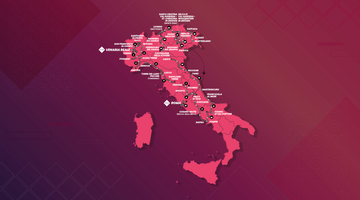
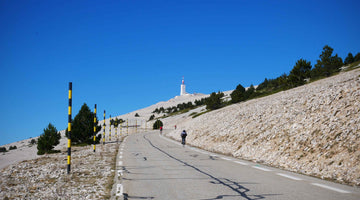
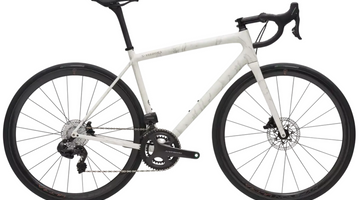
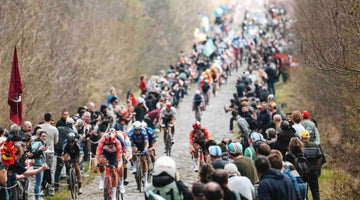
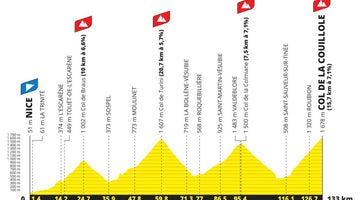

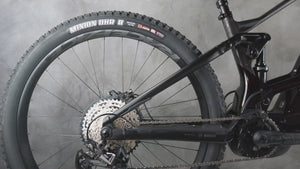



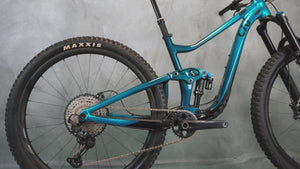





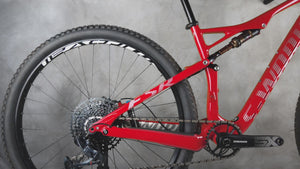





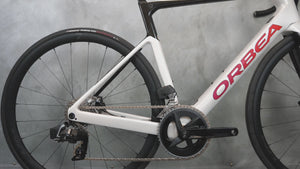
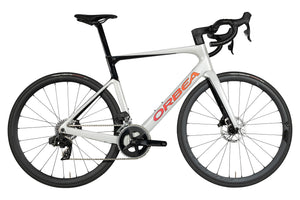


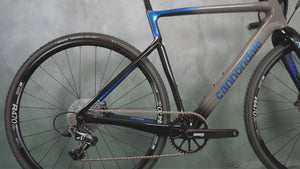
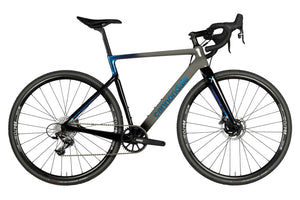
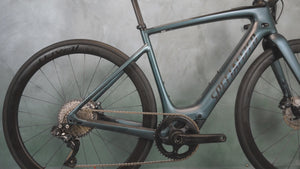

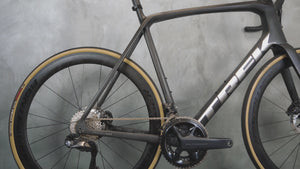

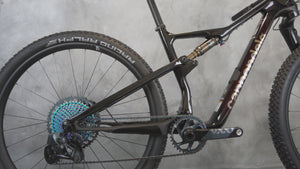

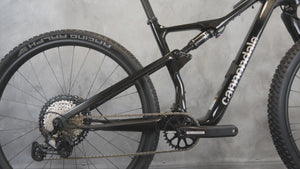

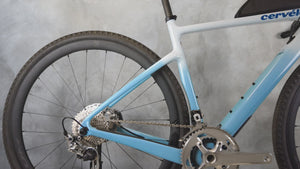

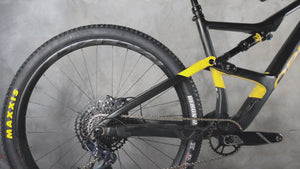

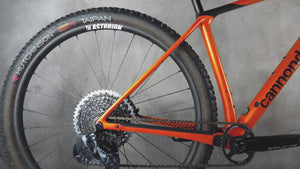

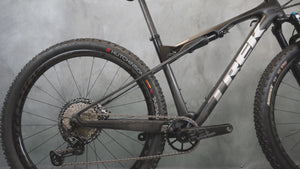



1 comment
Bonjour,
Article intéressant, je trouve dommage que pour le collage des boyaux vous ne mentionnez pas le ruban adhésif double face qui est maintenant utilisable à la place de la colle. C’est beaucoup plus facile à utiliser, pas de préencollage de jante et de boyau, pas de temps de séchage, pas de trace de colle à enlever En 10 mn, un boyau est collé et prêt à rouler. Et ça tient parfaitement bien.
Olivier